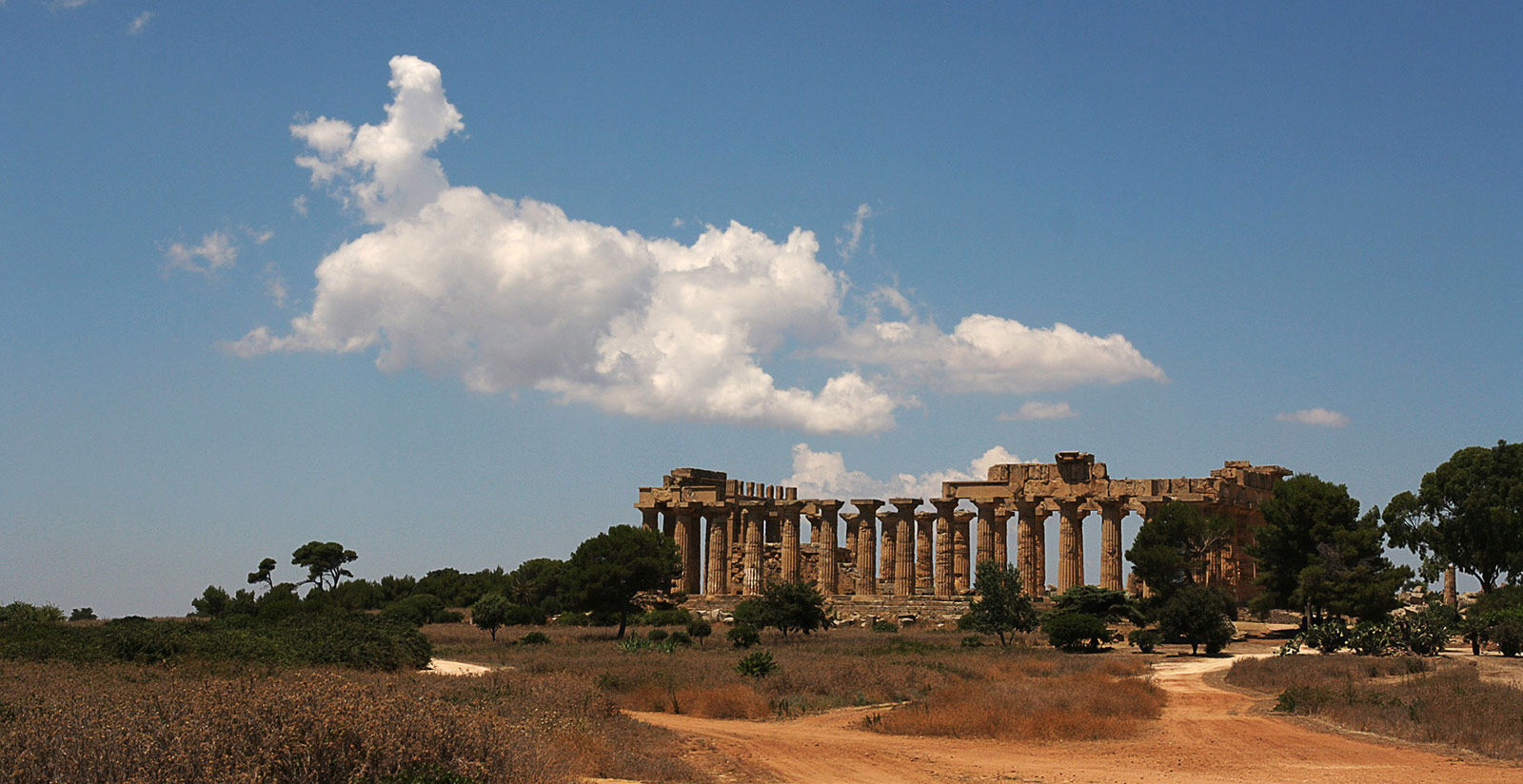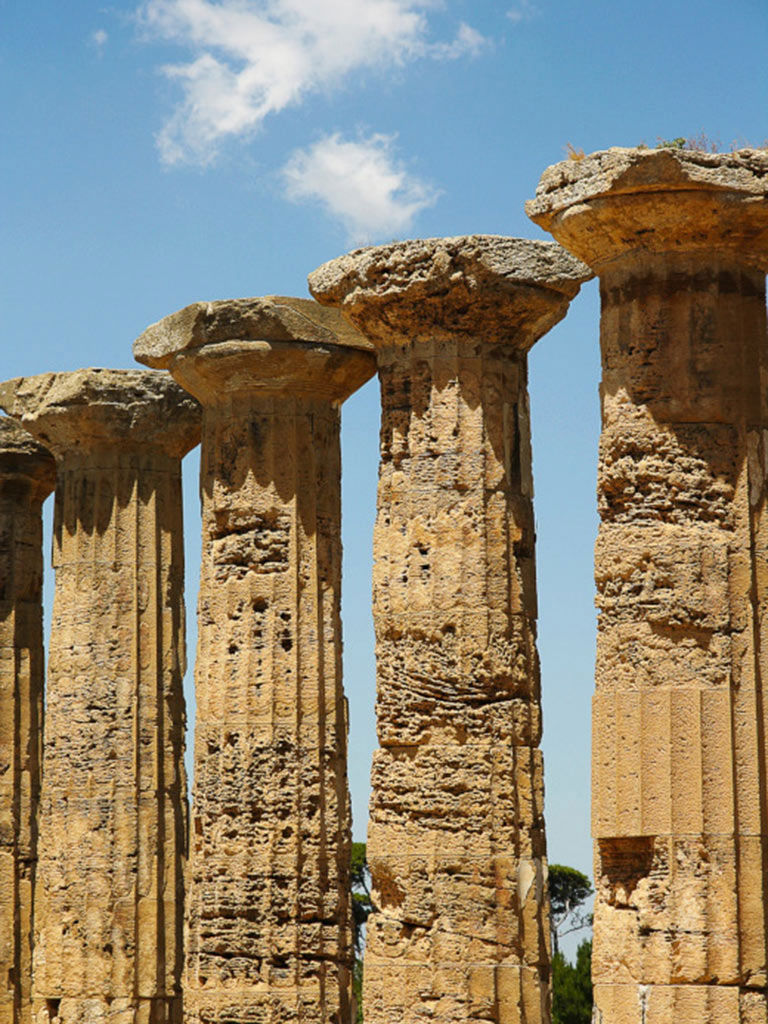A LEAP BACK IN HISTORY WITH THE TEMPLE AND THEATRE OF SEGESTA
The majestic Doric temple and theatre tell the story of the ancient Greeks
If you love archeology, but above all if you want to experience the thrill of a step back in time, do not miss a visit to the Archaeological Park of Segesta. It is really worth giving up a few hours of the sea to admire what is considered one of the most fascinating and mysterious temples of Magna Graecia. According to ancient tradition, Segesta was founded by the people who fled from Troy, the Elimi.
The feature that most strikes visitors to the temple is its majesty, the ancient construction with 36 columns is the protagonist of the whole surrounding landscape. Together with the temple, the archaeological site of Segesta has an ancient theatre dating back to the third century BC. The theatre is considered to be one of the most beautiful of the classical period, both for the excellent state of conservation and for its spectacular position on the Gulf of Castellammare. It has a diametre of about 60 metres and steps carved into the rock. In the summer, shows and musical concerts take place here.
Recently the remains of a Muslim village and a subsequent Norman-Swabian settlement with traces of a castle at the top of Monte Barbaro have also come to light.
SELINUNTE THE LARGEST ARCHAEOLOGICAL PARK IN EUROPE
Just 50 minutes from Castellammare del Golfo youm can visit Selinunte, an ancient Greek city founded by the Dorians in the 7th century BC. and built on the south-western coast of Sicily. Today the archaeological park of Selinunte is the largest and most impressive in Europe: it extends for 1740 square kms, on the acropolis, the ancient remains of temples and sanctuaries and the plan of an ancient Hellenic city can be admired.
The ruins of the city are located in the territory of the municipality of Castelvetrano, in the southern part of the province of Trapani, while the sculptures found during the excavations are on display in the Salinas National Archaeological Museum in Palermo.











